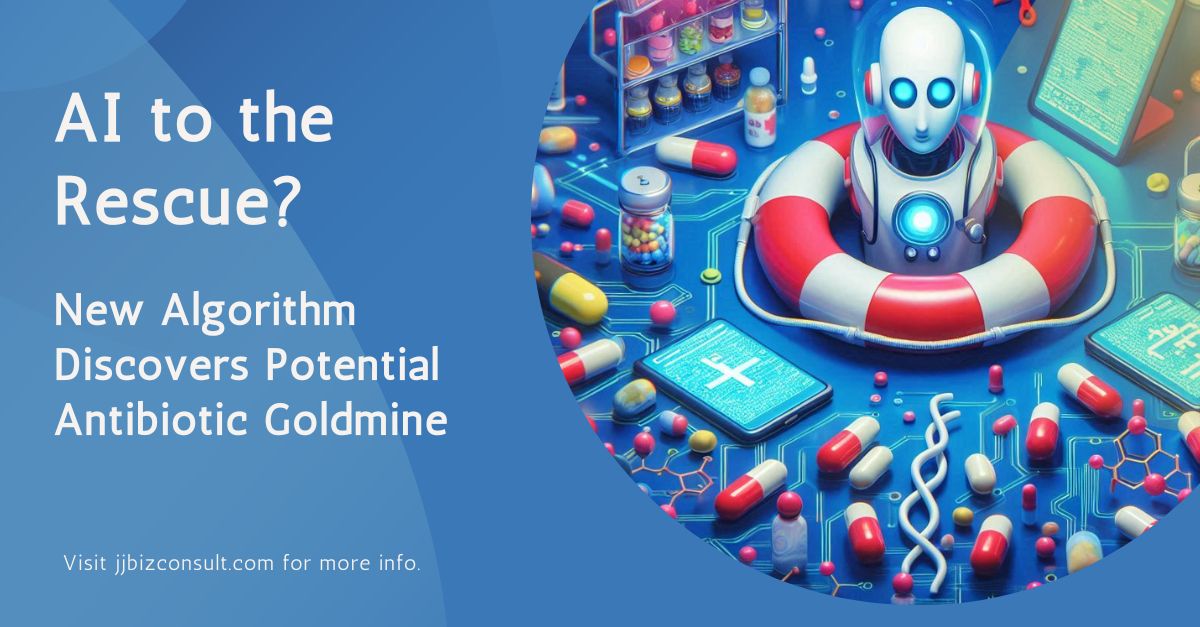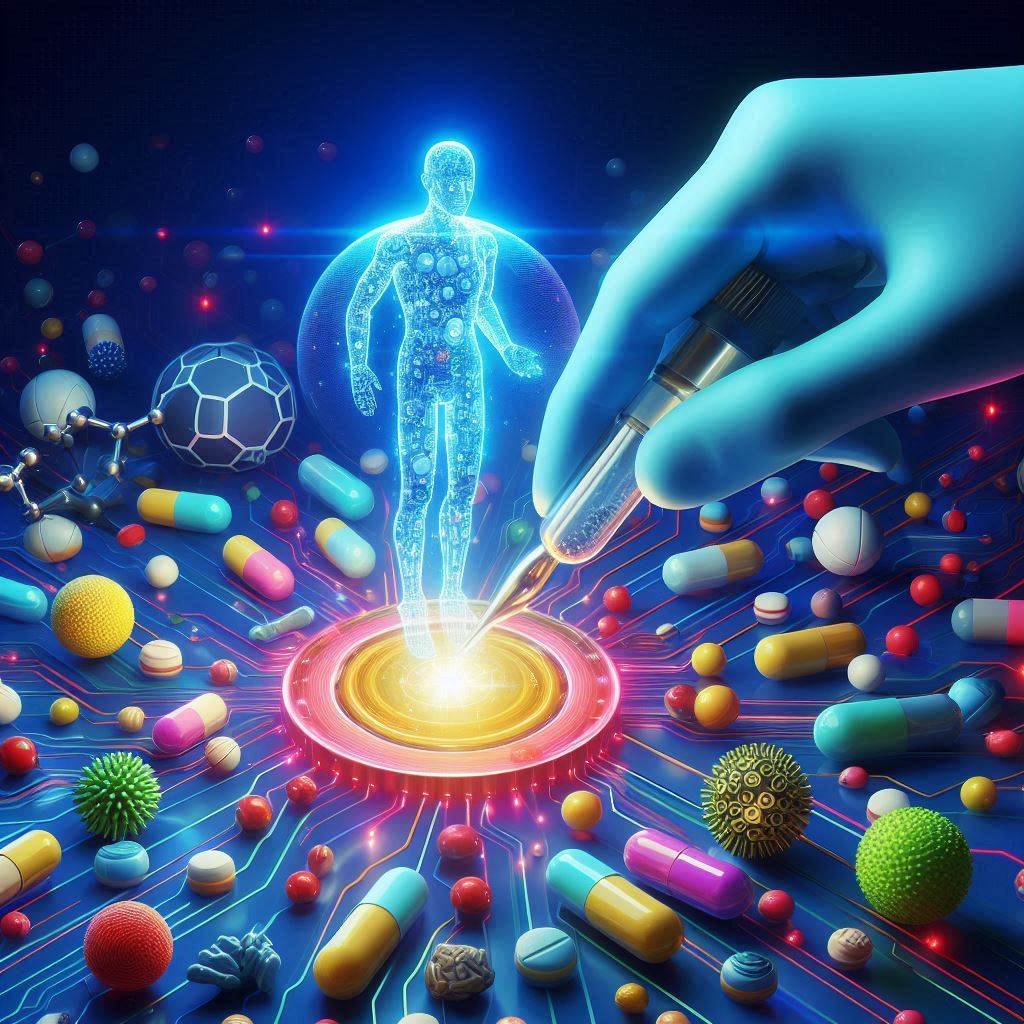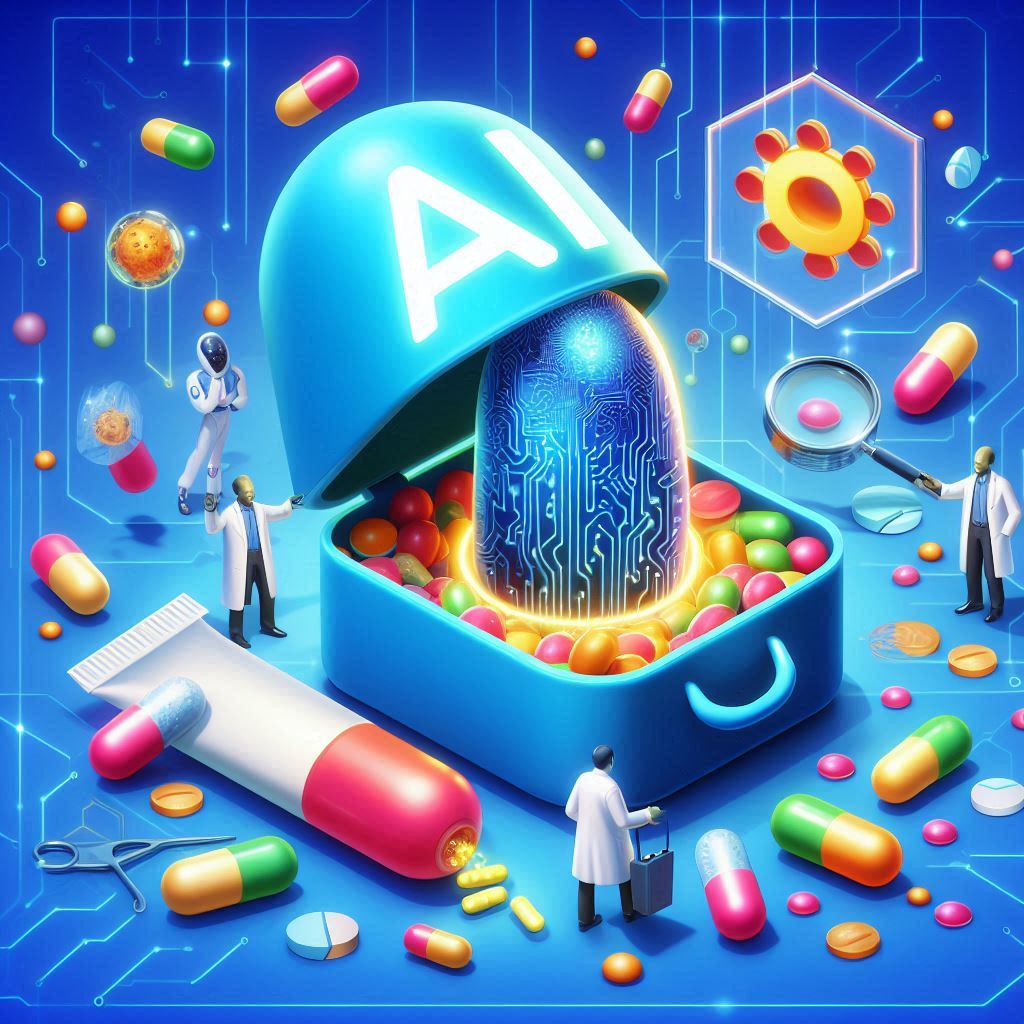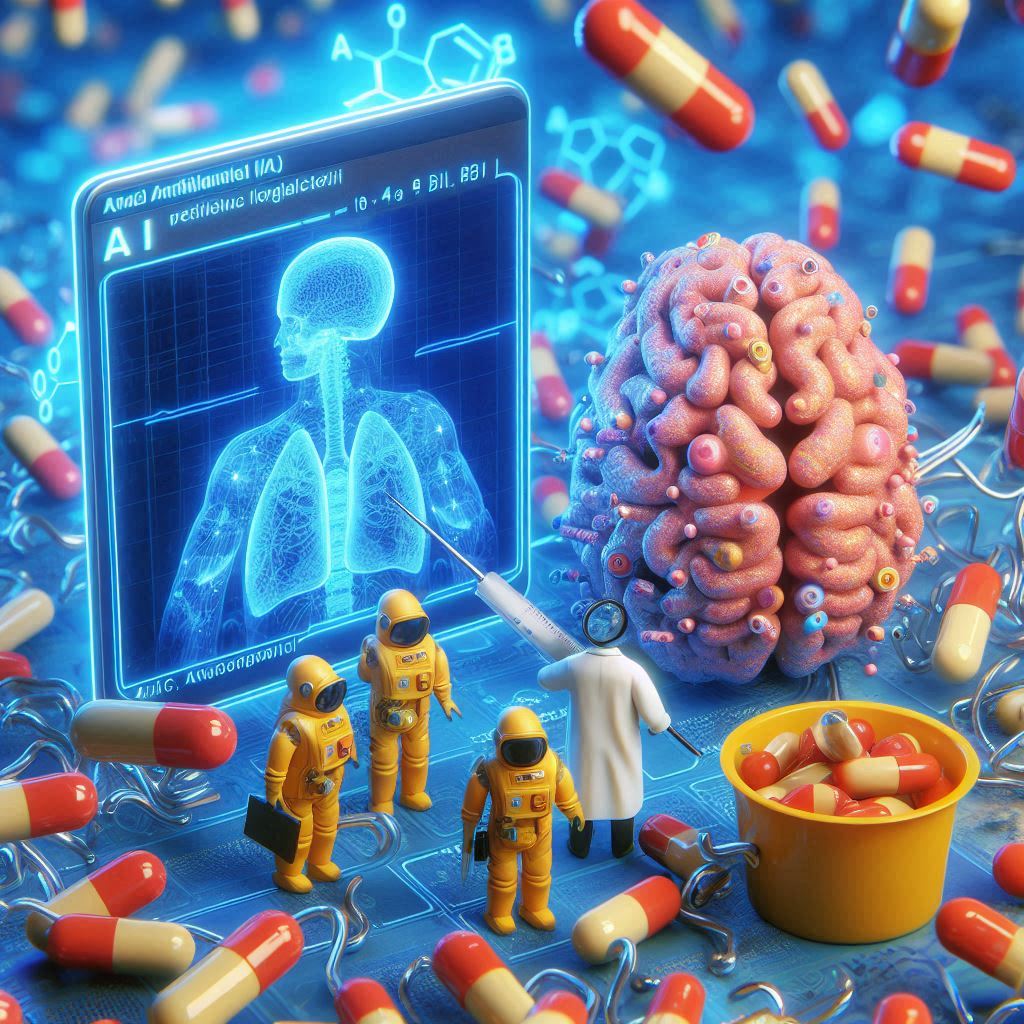AI to the Rescue? New Algorithm Discovers Potential Antibiotic Goldmine

Antibiotic resistance is a growing threat, but a new study using AI offers a glimmer of hope. Researchers have leveraged machine learning to identify nearly 1 million potential new antibiotics, marking a significant breakthrough in the fight against antibiotic-resistant bacteria.
This groundbreaking study, published in the prestigious journal Cell, details how scientists utilized an algorithm to mine the vast realm of microbial diversity on Earth. “We were able to analyze a massive representation of microbial data and discover almost 1 million new molecules with potential antibiotic properties,” explains César de la Fuente, a study author and professor at the University of Pennsylvania.
Speeding Up Discovery: From Years to Hours

Traditionally, antibiotic discovery relies on laborious methods like collecting soil and water samples for analysis. This time-consuming process can take years to yield results. The new AI-powered approach streamlines the process dramatically.
“Without this algorithm, the discovery process would have taken a tremendously long time,” says de la Fuente. “With AI, we can sift through vast amounts of data in a fraction of the time, accelerating antibiotic discovery from years to mere hours.”
Urgent Need: Combating the Rise of Superbugs
The urgency for new antibiotics is undeniable. Antimicrobial resistance, caused by the overuse and misuse of antibiotics, is a growing public health crisis. According to the World Health Organization (WHO), antimicrobial resistance was responsible for over 1.2 million deaths in 2019, with projections reaching a staggering 10 million deaths annually by 2050.
Harnessing AI for Good

This study highlights the immense potential of AI in scientific research. De la Fuente, a pioneer in using AI for antibiotic discovery, emphasizes the positive impact this technology can have.
“AI has the power to significantly accelerate the discovery of new antibiotics,” says de la Fuente. “While traditionally, it could take years to identify a single candidate drug, AI allows us to generate hundreds of thousands of potential candidates in just a few hours.”
Rigorous Testing and a Long Road Ahead
The path from potential antibiotic to approved drug is lengthy and involves rigorous testing. Before reaching patients, an antibiotic candidate must undergo years of laboratory research and clinical trials overseen by the US Food and Drug Administration (FDA). This process can take anywhere from 10 to 20 years.
Promising Results and Open Access
For this study, researchers analyzed publicly available databases of microbial genomes and metagenomes, searching for DNA sequences with potential antimicrobial activity. They then synthesized 100 of these candidate molecules in a lab setting and tested their effectiveness against various bacteria, including “some of the most dangerous pathogens known,” according to de la Fuente.
Remarkably, 79% of the tested molecules displayed activity against at least one type of microbe, signifying their potential as antibiotic leads. The researchers have made their data and code freely available, fostering collaboration and accelerating future research efforts.
AI: A Tool for Collaboration, Not Replacement

While AI plays a crucial role in this breakthrough, researchers emphasize its role as a collaborator, not a replacement for human expertise. “AI is most effective when used in conjunction with human ingenuity,” says de la Fuente.
This sentiment is echoed by Anthony Gitter, a biostatistics and medical informatics expert at the University of Wisconsin-Madison. “The significance of this study lies in its exceptional bioinformatics research, not solely in the use of AI,” explains Gitter. “The key is effectively harnessing vast microbial data and utilizing AI to identify promising candidates, followed by in-depth computational and experimental validation.”
The Future of Antibiotic Discovery with AI
This study offers a beacon of hope in the fight against antibiotic resistance. By leveraging AI and fostering collaboration, researchers are making significant strides towards discovering new antibiotics to combat the growing threat of superbugs. While there’s still a long road ahead, this groundbreaking research paves the way for a future with more effective weapons in our arsenal against antibiotic-resistant bacteria.
Source: https://www.theguardian.com/society/article/2024/jun/05/ai-antibiotic-resistance
Get Ready for Robot Revolution: NVIDIA CEO Says AI ‘s Next Frontier is Physical





